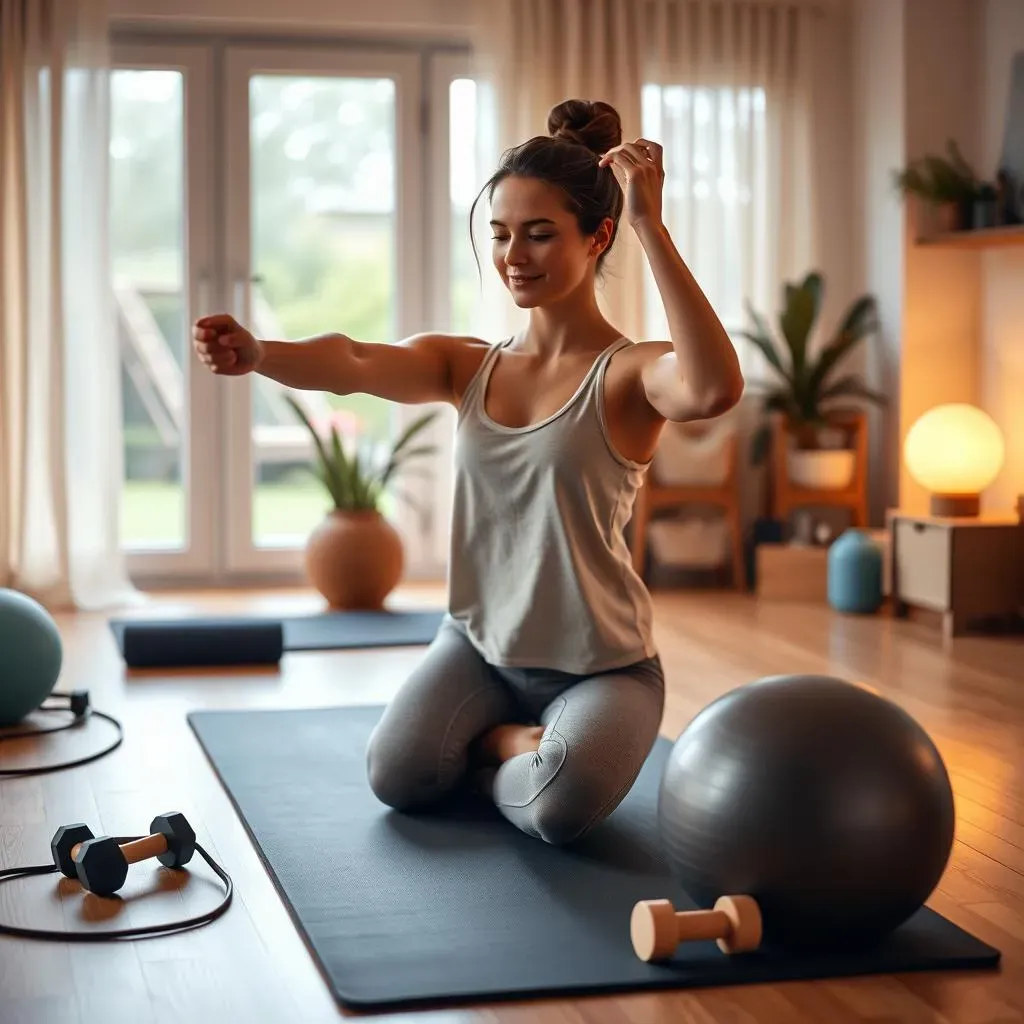Table of Contents
Feeling the urge to move your body but dreading the trip to a crowded gym? Maybe you've heard whispers about Pilates but picture intimidating machines or bendy experts. The good news is you don't need any of that to start building strength and flexibility. A simple mat and some floor space are all it takes to begin amat pilates workout at home.
Why Start a Mat Pilates Workout at Home?
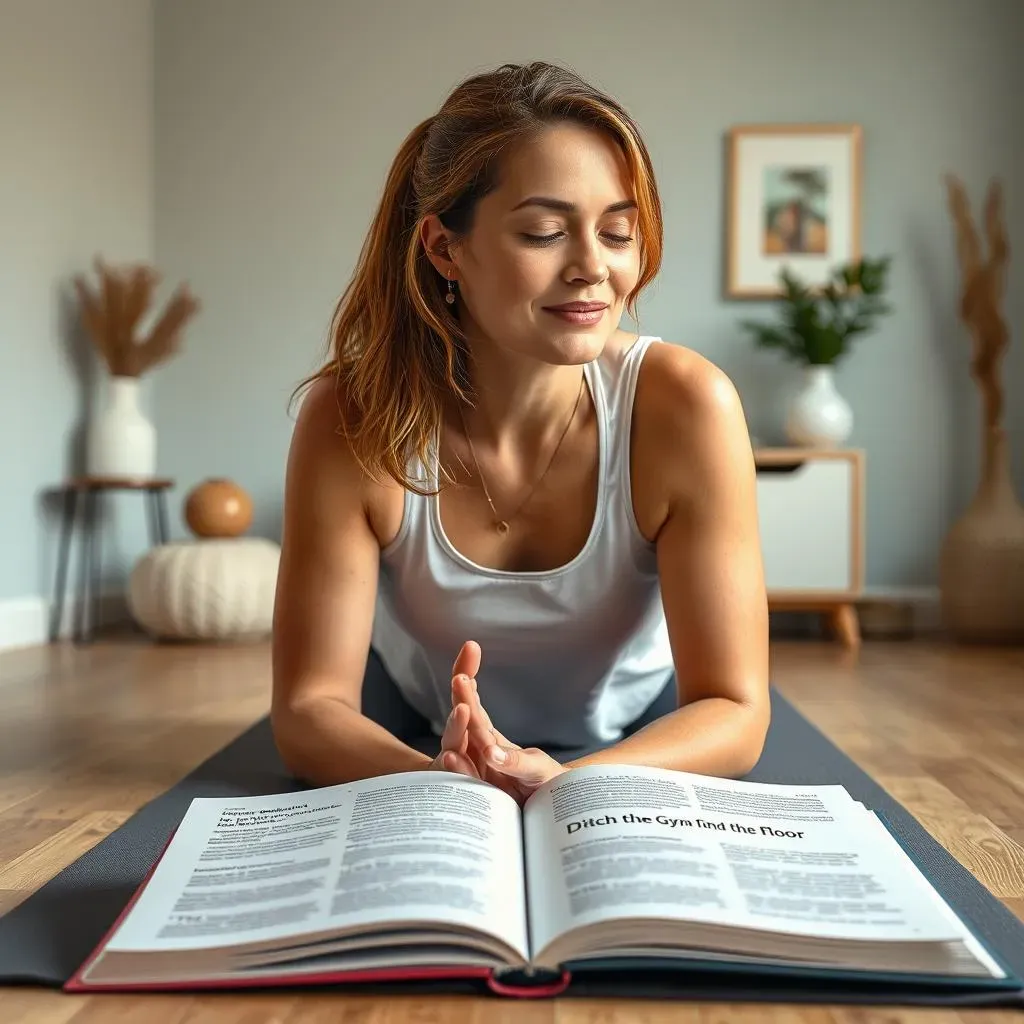
Why Start a Mat Pilates Workout at Home?
Ditch the Gym, Find Your Floor
Look, hitting the gym isn't for everyone, right? Maybe the commute is a hassle, the membership fees sting, or you just prefer the privacy of your own space. That's where amat pilates workout at homereally shines. You don't need fancy machines or a dedicated studio. All you truly require is a mat and enough room to extend your limbs without knocking over a lamp. It strips away all the potential barriers and makes movement accessible. It's about carving out a little time for yourself, wherever you are.
Real Benefits, No Jumping Around
Folks often think "workout" means pounding pavement or lifting heavy things. Pilates is different. It's low-impact, which is huge if your joints aren't thrilled with high-impact activities. A consistentmat pilates workout at hometargets your core muscles like nobody's business – that deep, stabilizing strength that helps with everything from standing taller to picking up groceries without tweaking your back. You'll notice better posture, increased flexibility, and a more toned physique over time. It’s not about burning a million calories in 30 minutes; it's about building functional strength and improving how your body moves.
Think about the nagging aches you might have. Many stem from muscle imbalances or just poor movement patterns developed over years of sitting. Pilates helps correct those. Joseph Pilates himself called his method "Contrology," emphasizing the mind's control over the body. That focus on precision and breath work is a benefit in itself, helping to calm the nervous system and reduce stress.
- Low impact, easy on joints
- Builds strong, stable core muscles
- Improves posture and alignment
- Increases flexibility and mobility
- Reduces stress through focused breath and movement
- Requires minimal equipment
Convenience and Cost-Effectiveness
Let's be honest, time and money are usually the biggest hurdles to starting any fitness routine. Amat pilates workout at homeknocks down both. No travel time. No class schedules to juggle. You can squeeze in 20-30 minutes whenever it fits your day – first thing in the morning, during a lunch break, or before dinner. Once you have a mat (you can find decent ones for under $30), the recurring cost is zero, unless you opt for online classes or apps, many of which offer free trials or affordable subscriptions. Compared to gym memberships or studio fees, it's a steal. It puts the power to get stronger and feel better literally into your own hands, on your own floor.
Getting Your Form Right: Tips for Your Mat Pilates Workout at Home
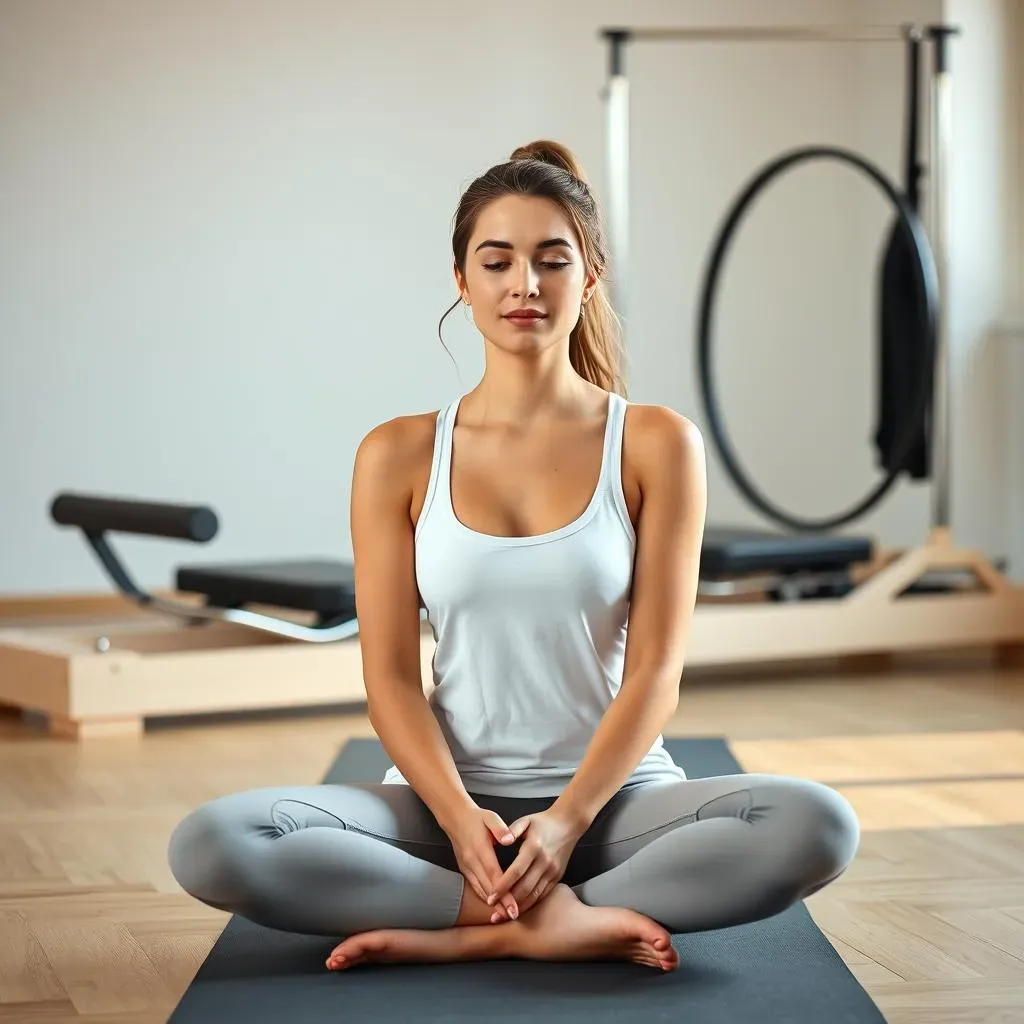
Getting Your Form Right: Tips for Your Mat Pilates Workout at Home
Why Form Trumps Speed Every Time
When you're doing amat pilates workout at home, it's easy to just churn through reps. But Pilates isn't about speed; it's about control and precision. Think quality over quantity. Doing five reps of an exercise with perfect form is infinitely better than doing twenty sloppy ones. Bad form doesn't just reduce the effectiveness of the move; it can actually increase your risk of injury. Pay attention to the alignment of your body – where your shoulders are, how your hips are stacked, the position of your spine. It feels slower at first, maybe even frustrating, but building that foundational awareness pays dividends down the road.
Finding Your Center: Core and Breath
The core is the powerhouse in Pilates. We're not just talking about your six-pack muscles here, but the deep, stabilizing ones that wrap around your torso. Learning to engage these properly is fundamental for any effectivemat pilates workout at home. Imagine pulling your navel towards your spine, or think about cinching a wide belt. It's a subtle activation, not a rigid clench. Coupled with this is the breath – Joseph Pilates emphasized breathing deeply and fully, using it to fuel movement and stabilize the trunk. Typically, you inhale to prepare for a movement and exhale as you perform the effort, but this varies by exercise. Don't just hold your breath; use it.
- Engage your deep core muscles gently.
- Breathe deeply into your rib cage.
- Exhale on the exertion phase of the exercise.
- Coordinate breath with movement, don't just let it happen.
- Avoid holding tension in your neck or shoulders.
Listen to Your Body and Stay Controlled
Pilates is often described as controlled movement from a stable center. Every exercise should be executed with deliberate control, not momentum. If you're flinging your limbs around, you're missing the point and probably not working the intended muscles. This requires focus. It's a practice in mindfulness as much as movement. And crucially, listen to your body. Pilates should challenge you, but it shouldn't cause sharp pain. If something hurts, ease up, check your form, or skip the exercise for now. There's no medal for pushing through pain that's telling you something is wrong. Consistency in listening is key to progress in yourmat pilates workout at home.
Simple Moves: Essential Mat Pilates Workout at Home Exercises
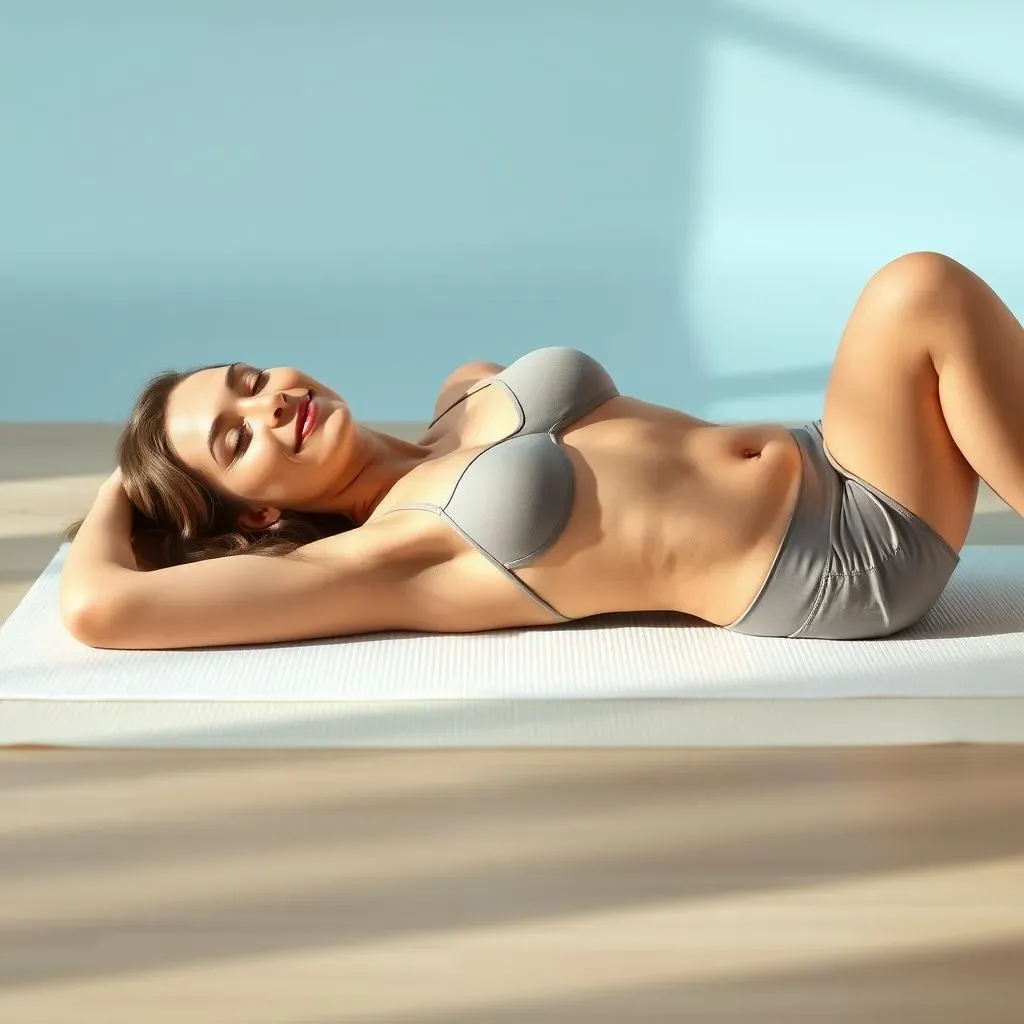
Simple Moves: Essential Mat Pilates Workout at Home Exercises
Starting Where Your Body Lives: The Foundation
Alright, so you've rolled out your mat, you're breathing a bit deeper, and you're ready to actually *do* something. When you start yourmat pilates workout at home, don't feel pressured to nail those pretzel-like moves you might have seen online. Joseph Pilates developed a system that builds from the ground up. The foundational exercises are where the magic really begins. They teach you how to find your core, control your limbs, and understand how your body moves in space. Skipping these is like trying to build a house starting with the roof – it just doesn't work. These aren't just warm-ups; they are the building blocks for everything else.
Engaging the Core: Simple Starts
Let's get practical. Two absolute staples for your beginnermat pilates workout at homeare the Pelvic Tilt and the Hundred (the modified version!). The Pelvic Tilt helps you find that subtle core engagement and understand how to articulate your spine. You lie on your back, knees bent, and gently rock your pelvis back and forth. It's tiny but effective. Then there's the Hundred, which sounds intimidating but is essentially controlled breathing combined with arm pumps while holding a specific position. For beginners, keeping your feet on the floor with knees bent is perfectly fine. It fires up your core and gets your blood moving. These aren't flashy, but they teach you control and connection, which is the heart of Pilates.
Here are a few more beginner-friendly moves to try:
- Shoulder Bridge: Works the back of your body – glutes, hamstrings, and back extensors – while challenging core stability.
- Toe Taps (or Marching): Simple yet effective for learning lower abdominal control without straining your back.
- Cat-Cow Stretch: Great for warming up the spine and connecting breath to movement.
- Side-Lying Clam: Targets the glute medius, crucial for hip stability and often weak from too much sitting.
Beyond the Basics: Sticking with Your Home Pilates Routine
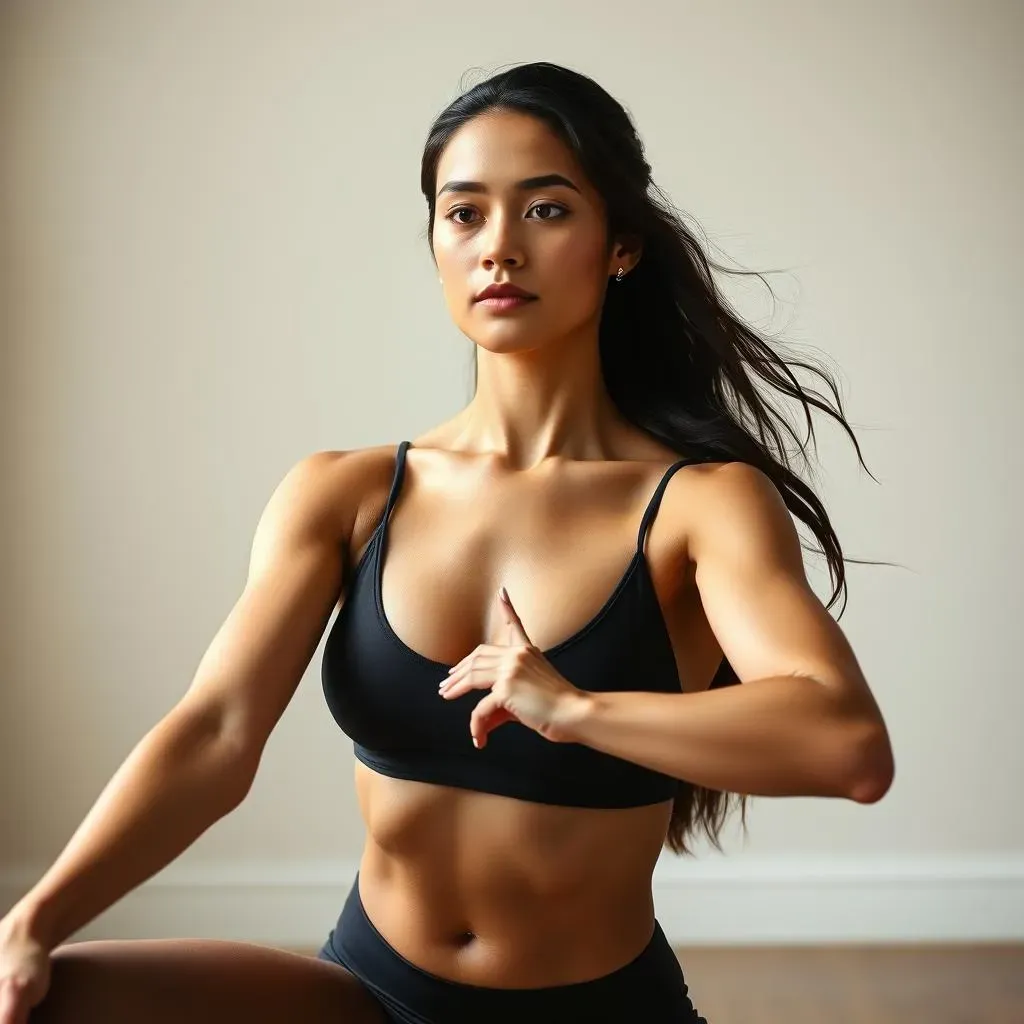
Beyond the Basics: Sticking with Your Home Pilates Routine
Making Your Mat Time Happen Regularly
you've done a few beginner moves on your mat. You're feeling a tiny bit more connected to your core. Now the real trick is actually *doing* yourmat pilates workout at homeconsistently. Let's be real, life gets in the way. The laundry piles up, work calls late, or the couch just looks incredibly inviting. The key isn't motivation; it's habit. Try to slot it into your day at a consistent time, even if it's just 15-20 minutes. Maybe it's before your first coffee, or right when the kids get on the bus. Treat it like brushing your teeth – non-negotiable. Don't wait until you feel "motivated" because frankly, that feeling is flaky at best. Just roll out the mat and start. Some days will feel easier than others. That's normal. Just show up.
Progressing and Finding Resources
Once those beginner moves feel less like a challenge and more like a warm-up, you'll want to progress. The beauty of amat pilates workout at homeis the endless variety available online. YouTube is packed with qualified instructors offering everything from 10-minute quickies to full hour-long flows. Look for channels that emphasize proper form and offer modifications. Don't feel pressured to move to advanced exercises too quickly. Pilates is about building layers of strength and control. Maybe you increase your reps, try a slightly more challenging variation of a move you know, or incorporate a small prop like a resistance band or a small ball if you have one. Keep exploring and find instructors or styles that resonate with you. It keeps things fresh and challenging.
Here are some ways to keep your home practice going:
- Schedule it like an appointment you can't miss.
- Start small – even 10 minutes is better than zero.
- Find online instructors whose style you like.
- Don't be afraid to modify exercises if needed.
- Celebrate small wins, like holding a plank a little longer or feeling your core more deeply.
Sticking With Your Mat Pilates Workout at Home
So, you've rolled out the mat, tried a few moves, maybe felt muscles you forgot you had. Starting a mat pilates workout at home isn't some magic bullet, but it is a solid, no-nonsense way to build a stronger core, stand a little taller, and move with more ease. It takes practice, sure, and some days you might feel less graceful than a baby giraffe on roller skates. That's fine. Consistency beats perfection every single time. Keep showing up, keep breathing, and notice the small changes. That's the real payoff.
